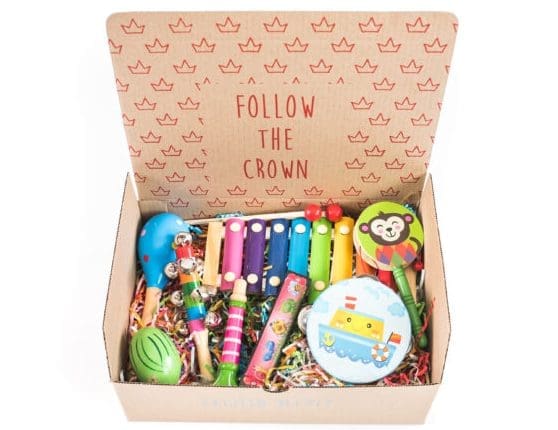
It’s normal to feel a bit anxious before sending your child off to big school. As a parent, you want to be certain that your child is able to adapt to the new change and a different classroom environment.
As the holiday comes to an end, it’s completely natural for children to experience nervousness, especially since the children are entering a more structured routine after being on holiday. Some children might be welcoming to the change while others need more guidance to acclimatise.
Below you will find a some tips on getting ready for the first day of big school.
1. Read books about starting school
Seeing a character that the child relates to are useful for relieving first day anxiety. It’s also handy to ask your child questions about the character’s experience and the solutions the character might have.
See our choices below;
2. Start with your routine before the holiday ends
Getting up early again is tough… for everyone and may stir up some negative emotions just before the first day of school. Get the evening and early morning going again and make your expectations around this time clear. Your children are about the enter a structured day, ease them into it with your own structure at home.
3. Organise a playdate with someone you know will be in the same grade
In a changing environment, a familiar face can offer some assurance. It may be worthwhile to organise a playdate with a friend the same age that might be in the same grade. They would both be going through change together and can support each other through it.

4. Create a fun goodbye routine
Be positive in your goodbye, children feed off of your energy. If you are anxious or upset, your child will most likely be too. Save the tears for the car. We know it’s tough, but the more excited and positive you are, the easier it is for your child.
Create a secret handshake, a saying, or have a song you always play before you say goodbye. This creates really positive feelings and is a great bonding experience.
Drop and Go
As hard as it is, it’s best to drop and go. The longer you hang around, the more anxious and nervous your child gets. They will be confident in their new environment if you are.
5. Try and get to school before class starts
Being late and walking in while everyone is already settled creates a lot of anxiety. Try your best to get to school early until your child has settled at the school
6. Pack a really fun lunch
Seeing your favourite snacks really puts a smile on that dial. You can even leave a note or draw a picture on a post-it that may reassure your child that you are close by.
7. Try again tomorrow
If it didn’t go well today, that’s okay, we can always try again tomorrow.
























